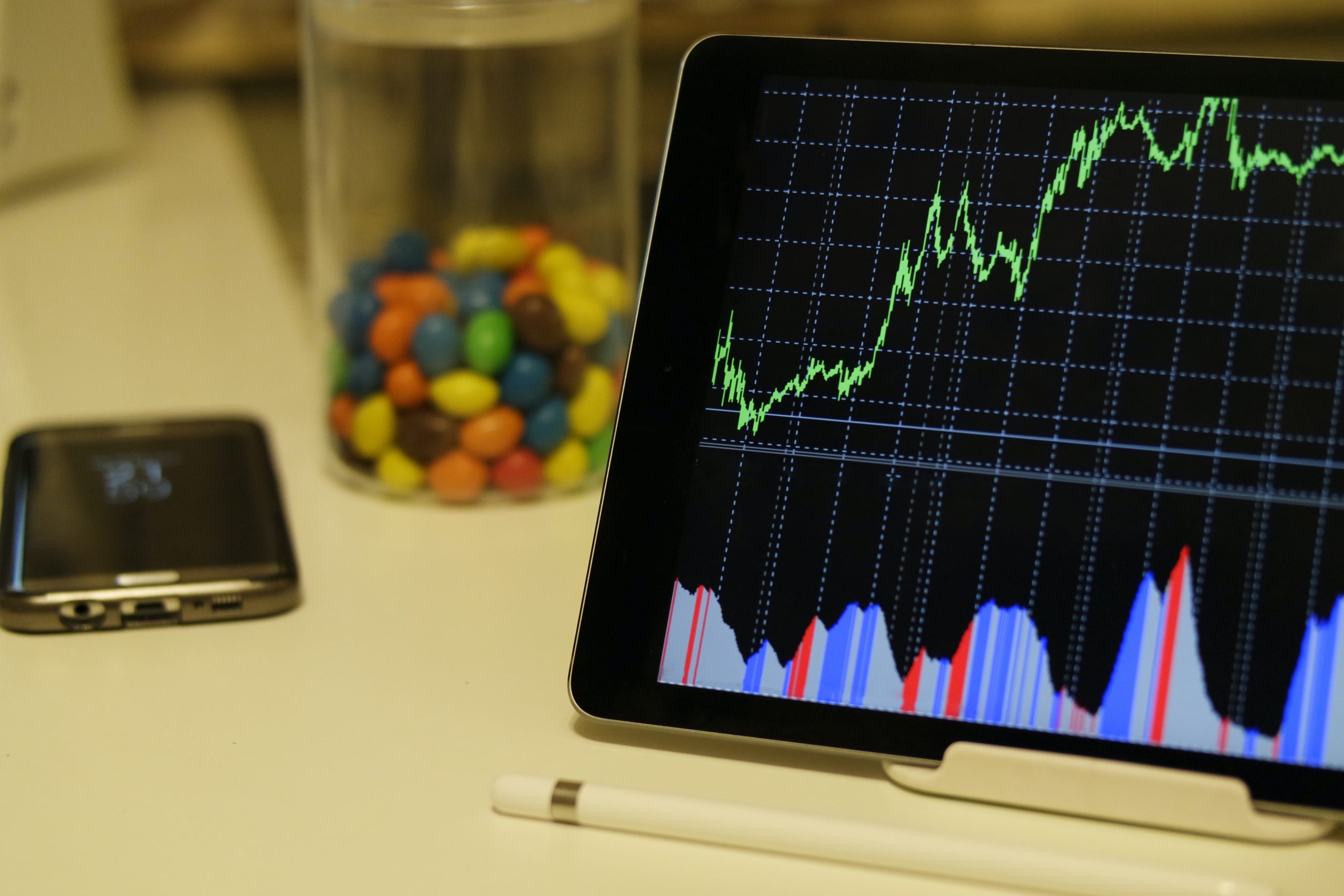A CFD is a tradable contract between a customer and a broker, wherein the difference in the opening and closing trades of a share, currency, commodity, or index is paid out.
Over the last decade, equity index futures and options have increased in popularity among investors. Because you don’t own the underlying asset when you trade CFDs, your only cost or gain is the difference between the initial price and the ultimate price of that asset.
We’ll take a look at some of the most popular CFD trading strategies to keep you alert and ahead of the game.
News trading
When it comes to CFDs, you employ an intra-day scalping or day trading technique. Intraday and day trading methods imply that you’ll open and terminate a position during the same trading day.
As a result, you won’t have to pay any commissions to keep your trading positions open overnight. These methods require a significant amount of effort, dedication, and attention to follow the markets and try to outperform them.
Scalping is one of the finest strategies for trading CFDs. Scalping is effective because of the greater adaptability and low transaction expenses offered by CFDs. Using this technique, you may make money by taking advantage of tiny and quick gains in a few minutes or even seconds.
To be successful with news trading, you must adhere to a specific economic and financial calendar to be aware of forthcoming events or data that may influence the underlying asset you’re trading. The most popular currency trading and investing calendars on Forex Factory and Investing.com are the ones that track the sun.
How to trade the news
Using this plan, you can invest before or after a statistic’s release. The first choice aims to understand and anticipate traders’ responses to future occurrences. It’s difficult to know whether the release will be above, below, or equal to market expectations or how the market will react if such news is released (sometimes terrible news on the market is treated as good news and vice versa).
The second approach to trading the news is to go with the flow, knowing that prices will likely fluctuate suddenly and substantially. Then it’s critical to follow strict money management policies while trading the news. When you trade the news, you shouldn’t invest unless you’ve set up stop-loss and take-profit orders, allowing you to manage your risk.
If you’re trading currency pairs, keep an eye on any vital statistics from central banks, as they’re the critical market movers in the FX market. Any indicators of economic growth, employment, consumer confidence, or price inflation might affect a country’s economic outlook and demand for its currency. Of course, central banks’ announcements generally produce the most significant market volatility.
Pair trading
Pair trading is a market-neutral technique typically used with CFDs on equities.
However, it may also be used with two ETFs, currencies, commodities, etc. The primary benefit is that pair trading is feasible when the market’s volatility is low or high. The market’s trend isn’t particularly essential to this technique.
Choose an industry
This technique works when combining two different CFDs from the same sector in one long and one short position. Correlation is an essential notion behind this method. The correlation is a statistic that measures the link between two assets.
How to trade pairs
The ability to trade against the trend differs between pairs. You must first select a strong and a weak asset based on the current trend. You’ll open a long position in the weaker one – the one lagging – while you’ll go short on the stronger one.
Hedging
Hedging is frequently compared to insurance. If you have a car insurance policy covering accidents and your vehicle has an accident, the negative consequences will not be lessened. In finance, hedging neutralises or eliminates risks from other investments. Hedge funds, central banks, and other investment organisations employ hedging to safeguard their assets.
Make use of price volatility
It’s a great approach to profit from price volatility by using CFDs to protect more conventional assets.
When it comes to blue-chip stocks, this is especially true. This approach may also get you ready for greater volatility or uncertainty in the market. In the short term, many factors might impact the liquidity of the market and its general state. The Federal Reserve’s policy shifts, company earnings being published, natural calamities and geopolitical risk are some of the significant events that impact.
If you do not want to sell your stock immediately and instead get it back at a lower price later, selling your shares with a regular broker may be expensive. CFDs are inexpensive and more adaptable when market players become less predictable in comparison. Of course, hedging isn’t suitable for every trading environment, so you should first consider the current trading conditions.
Something to think about
It’s critical to start by developing your trading profile when putting together your trading approach. Consider your financial expertise, trading capital, time horizon, risk tolerance, financial objectives, etc. You can fine-tune your trading decision process once you’ve answered these questions. Based on that, you will be able to develop a trading strategy.


